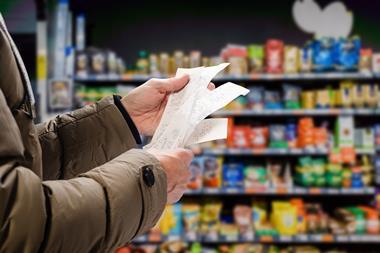Can the official statistics on inflation be used as a benchmark for the spending power of our customers?
Three has long been a debate about the reliability of statistics published by bodies including the BRC and ONS, as well as the different interpretations of inflation.
AlixPartners director Dan Murphy says that it’s suspected that the way inflation figures are calculated is out of line with the experience of ordinary households. For example, Murphy explains: “The price of big-ticket consumer electronics has dropped considerably in recent years, and this has been reflected in the consumer inflation numbers. However, consumers do not buy TVs every week, they buy food, petrol and pay gas bills. Consumers intuitively understand that “their” inflation rates are much higher than those announced by the ONS.”
Murphy continues: “The Consumer Price Index (CPI) inflation figure always understates the true cost of living because it does not include housing costs, such as rent, council tax and the BBC TV licence fee. Certain consumer groups, such as pensioners, spend a very high proportion of their total income on food, fuel bills, and petrol, and so their personal inflation rate can be much higher than the CPI or Retail Price Index because of the different weighting given to the basket of goods.”
A study by the Daily Mail analysed a basket of groceries bought by a typical mid-earning family and found the actual price inflation was 15.5% a year, and not 2.5% indicated by the CPI at the time. Murphy explains that once double-digit increases in petrol, gas and electricity were taken into account, this true inflation rate soared even higher.
So retailers should recognise that the published statistics might not accurately reflect the real inflation rates experienced by their customers, and should take into account that with real prices continuing to rise every year, consumers are feeling the pinch ever harder.


























No comments yet